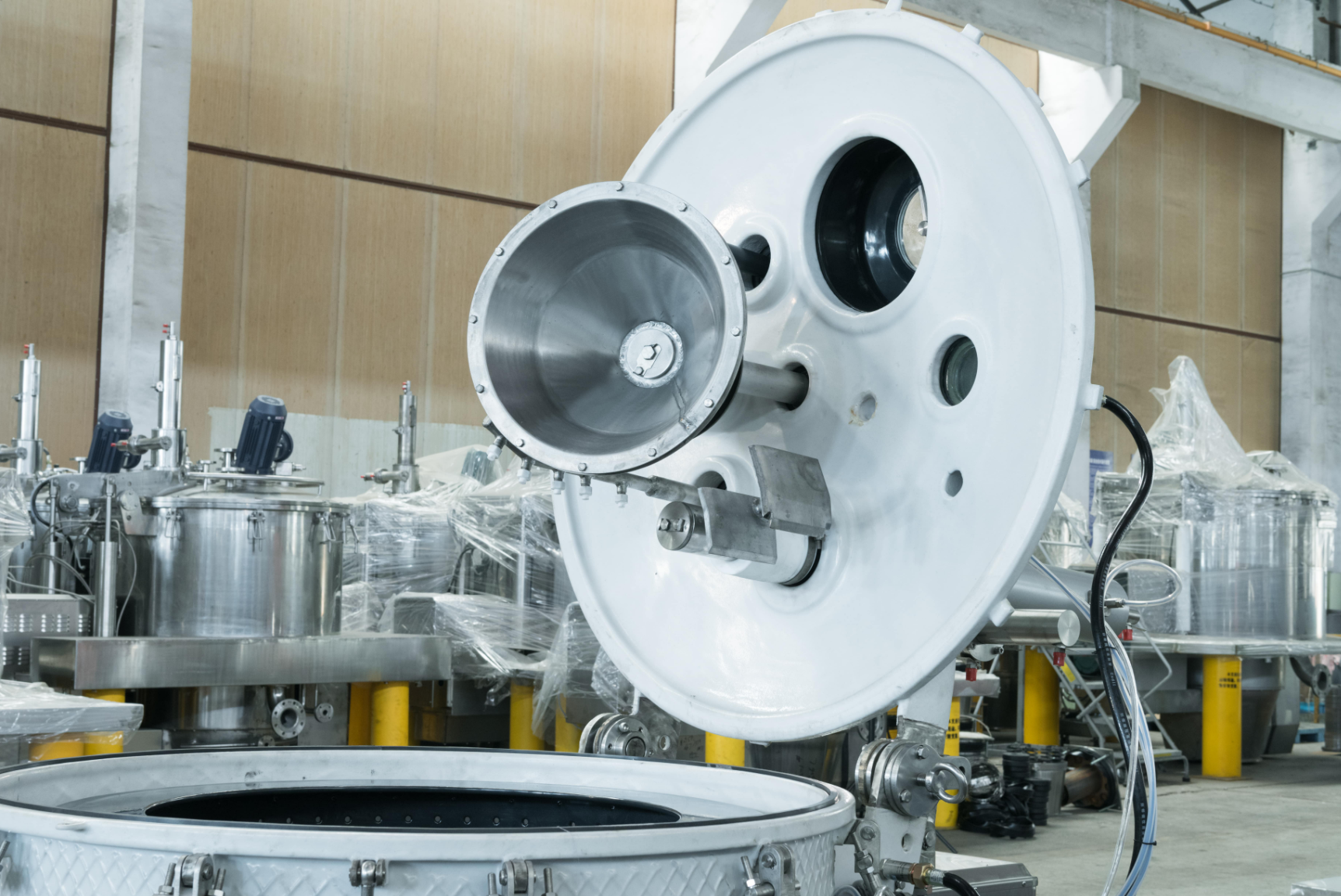A part of a system that involves chemical processing, pharmaceutical manufacturing, or even wastewater treatment, operational costs can include labor, unexpected downtime, or energy costs that can spiral out of control. Auto discharge centrifuges can help fix that. Auto discharge centrifuges are fully automated, allowing for the separation of solids that can then be discharged without any operator intervention, and thus reducing the active labor time needed for discharge supervision. This form of automation saves automation labor costs, as you eliminate constant operator oversight. A 24/7 chemical plant operates differently when you have a manual centrifuge that discharges continuously and uses several operators during that plant shift, compared to an auto discharge centrifuge that needs little human oversight. The savings on labor costs can be massive to a business in the long run.

Managing energy costs is critical for many industries because they can be a large portion of operational expenses, and centrifuges, which are heavy-duty pieces of equipment, can be quite energy-intensive. Auto discharge centrifuges help manage this by streamlining the separation and discharge process. Traditional centrifuges take longer to complete a cycle because they have to stop in the middle for manual discharge. Auto discharge centrifuges, however, complete cycles without stopping. This continuous run translates to better energy use since there is no energy wasted on stops and slow cycles. Some customers report saving 25% on energy costs, which is a significant monthly expense, compared to models with manual discharge. This is a valuable benefit for industries that want to save money, reduce the energy consumption of their equipment, and minimize their operational costs.
For any production line, downtime translates to lost profits. For every minute a machine is offline, output is lost, deadlines might not be met, and resources go to waste. Fortunately, auto discharge centrifuges help cut downtime in a process. First, downtime is lessened because automated discharge does not require manual intervention, which reduces calibrating errors as a fault in the discharge process. For example, manual discharge might involve improperly transferring the unit, which damages the internal components and results in the need for unexpected repairs. Secondly, auto discharge centrifuges do not require as many interruptions for maintenance and can run longer stretches. Unlike traditional versions that require pauses every hour, auto discharge versions can run for longer stretches. This continuous operation keeps production lines moving and reduces downtime. Lastly, auto discharge centrifuges are designed to ease the maintenance process in a way that makes routine checks faster and simpler, ensuring regular downtime is not wasted. All these factors combine to keep operations running longer and more reliably, saving businesses from the hidden costs of downtime.
Industries that deal with valuable materials (pharmaceuticals, food processing, and mining, for instance) can improve profitability by increasing material recovery. Auto discharge centrifuges do this effectively because of their precise separation and discharge features. The automated process guarantees that the valuable solids are discharged completely and consistently, with little to no valuable material left in the centrifuge. In contrast, a manual discharge procedure runs the risk of inconsistency, whereby operators could miss some solids or the procedure could fail to remove all the separated materials, leading to a loss. As an illustration, in a food processing plant, an auto discharge centrifuge can recover a greater quantity of the solid material after separation from the liquid ingredients, increasing the usable solid material that can be used in processing, rather than discarding it. Improved recovery translates to the raw material having more usable value, resulting in higher output from the same input, reducing the need for extra material purchases. Over time, improved material recovery translates to substantial savings and increased profit margins.
When looking for auto discharge centrifuges, businesses need to pay attention to the specifics to maximize long-term savings. Important aspects to take into account are the industry application, the material aspects, industry specifics, and the capacity needed. Consider the example of a wastewater treatment plant and a pharmaceutical production facility—they both need different separation functions, so the auto discharge centrifuges would serve different purposes. Look for heavy-duty models, as well. This reduces the chance of auto discharge centrifuges failing, which in turn reduces costs associated with maintenance. Finding a supplier with reliable support after the sale will help as well—they will reduce downtime with fast service and not having to make long trips to supply replacement parts. Some suppliers will work with businesses to tailor the auto discharge centrifuges to them. This will allow the equipment to efficiently maximize cost savings for a certain application. When businesses invest the time to find their auto discharge centrifuge, they maximize their return.
 Hot News
Hot News
Copyright © 2025 Jiangsu Huada Centrifuge Co., Ltd. All Rights Reserved Privacy policy